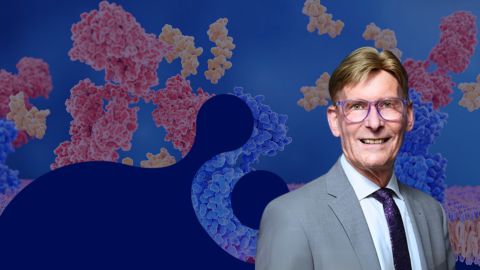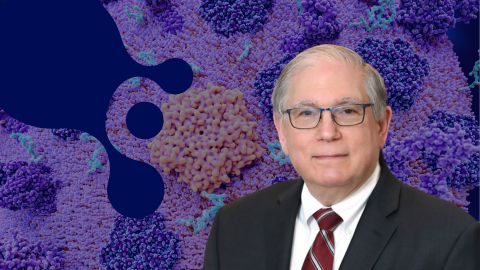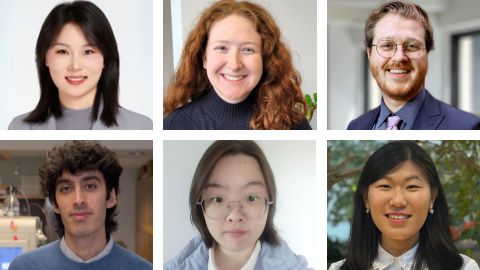Event honors Gary Felsenfeld
A celebration honoring Gary Felsenfeld, a pioneer in the study of nucleic acid structure and chromatin, brought together more than 25 of his former National Institutes of Health lab members recently to offer reminiscences. Inspired by our decades-long admiration of Felsenfeld, the authors organized this event in Washington, D.C.

Felsenfeld’s career spanned three eras of biophysical chemistry and molecular biology. He was the first, with David Davies and Alex Rich, to demonstrate the existence of three-stranded RNA and (independently with Stuart Orkin) identified GATA1, an early discovery of an erythroid gene regulatory factor. In the 1970s, he made a major discovery on the structure of chromatin and later defined key regulatory elements of gene expression, including “insulator” elements and the transcription factor CTCF.
A member of the American Society for Biochemistry and Molecular Biology for more than 60 years who served on the Journal of Biological Chemistry editorial board in the 1960s, Felsenfeld has received many honors in his career but this was a very personal one, as we intended and as he described it afterwards.
During the evening, Felsenfeld shared memories of some of his mentors, including protein scientist John Edsall at Harvard, where Felsenfeld was an undergraduate, and two-time Nobel Prize winner, biochemist and peace activist Linus Pauling at the California Institute of Technology, where Felsenfeld earned his Ph.D. — an enriching historical connection for most of the guests who knew these scientists by name only.
Felsenfeld, soon to be 95, spent almost his entire career at the National Institutes of Health, where he served as the Molecular Biology Section chief in the National Institute of Diabetes and Digestive and Kidney Diseases and is now an NIH distinguished investigator and scientist emeritus.
Enjoy reading ASBMB Today?
Become a member to receive the print edition four times a year and the digital edition monthly.
Learn moreGet the latest from ASBMB Today
Enter your email address, and we’ll send you a weekly email with recent articles, interviews and more.
Latest in People
People highlights or most popular articles

Hidden strengths of an autistic scientist
Navigating the world of scientific research as an autistic scientist comes with unique challenges —microaggressions, communication hurdles and the constant pressure to conform to social norms, postbaccalaureate student Taylor Stolberg writes.

Richard Silverman to speak at ASBMB 2025
Richard Silverman and Melissa Moore are the featured speakers at the ASBMB annual meeting to be held April 12-15 in Chicago.

Women’s History Month: Educating and inspiring generations
Through early classroom experiences, undergraduate education and advanced research training, women leaders are shaping a more inclusive and supportive scientific community.

ASBMB honors Lawrence Tabak with public service award
He will deliver prerecorded remarks at the 2025 ASBMB Annual Meeting in Chicago.

ASBMB names 2025 JBC/Tabor Award winners
The six awardees are first authors of outstanding papers published in 2024 in the Journal of Biological Chemistry.

Daniel N. Hebert (1962–2024)
Daniel Hebert’s colleagues remember the passionate glycobiologistscientist, caring mentor and kind friend.


